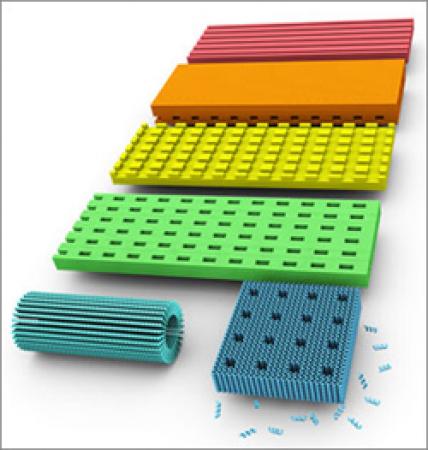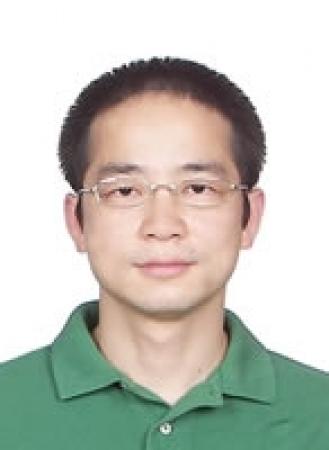DNA bricks keep getting larger. In 2012, a team of researchers at Harvard described their ability to make self-assembling structures –made completely out of DNA — that were about the size of viruses (80 nanometers across).
Now they’re scaling up, making bricks that are 1000 times larger and getting close to a size that could be barely visible to the naked eye.
The advances were reported in Nature Chemistry.
Who: A team of researchers at the Wyss Institute at Harvard led by Peng Yin, and including Yonggang Ke, PhD, now an assistant professor in the Wallace H. Coulter Department of Biomedical Engineering at Georgia Tech and Emory University.
At Emory, Ke and his team are continuing to design 3D DNA machines, with potential functions such as fluorescent nanoantennae, drug delivery vehicles and synthetic membrane channels.
How: The DNA brick method uses short, synthetic strands of DNA that work like interlocking Lego® bricks to build complex structures. Structures are first designed using a computer model of a molecular cube, which becomes a master canvas. Each brick is added or removed independently from the 3D master canvas to arrive at the desired shape. The DNA strands that would match up to achieve the desired structure are mixed together and self assemble — with the help of magnesium salts — to achieve the designed crystal structures.
“Therein lies the key distinguishing feature of our design strategy–its modularity,” Ke says. “The ability to simply add or remove pieces from the master canvas makes it easy to create virtually any design.”
What for: As part of this study the team demonstrated the ability to position gold nanoparticles less than two nanometers apart from each other along the crystal structure — a critical feature for future quantum computational devices and a significant technical advance for their scalable production.
Science Writer
Research Communications for Emory University's Woodruff Health Sciences Center
Media Contact
Science Writer
Research Communications for Emory University's Woodruff Health Sciences Center
Office: 404-727-7829
Keywords
Latest BME News
Jo honored for his impact on science and mentorship
The department rises to the top in biomedical engineering programs for undergraduate education.
Commercialization program in Coulter BME announces project teams who will receive support to get their research to market.
Courses in the Wallace H. Coulter Department of Biomedical Engineering are being reformatted to incorporate AI and machine learning so students are prepared for a data-driven biotech sector.
Influenced by her mother's journey in engineering, Sriya Surapaneni hopes to inspire other young women in the field.
Coulter BME Professor Earns Tenure, Eyes Future of Innovation in Health and Medicine
The grant will fund the development of cutting-edge technology that could detect colorectal cancer through a simple breath test
The surgical support device landed Coulter BME its 4th consecutive win for the College of Engineering competition.









